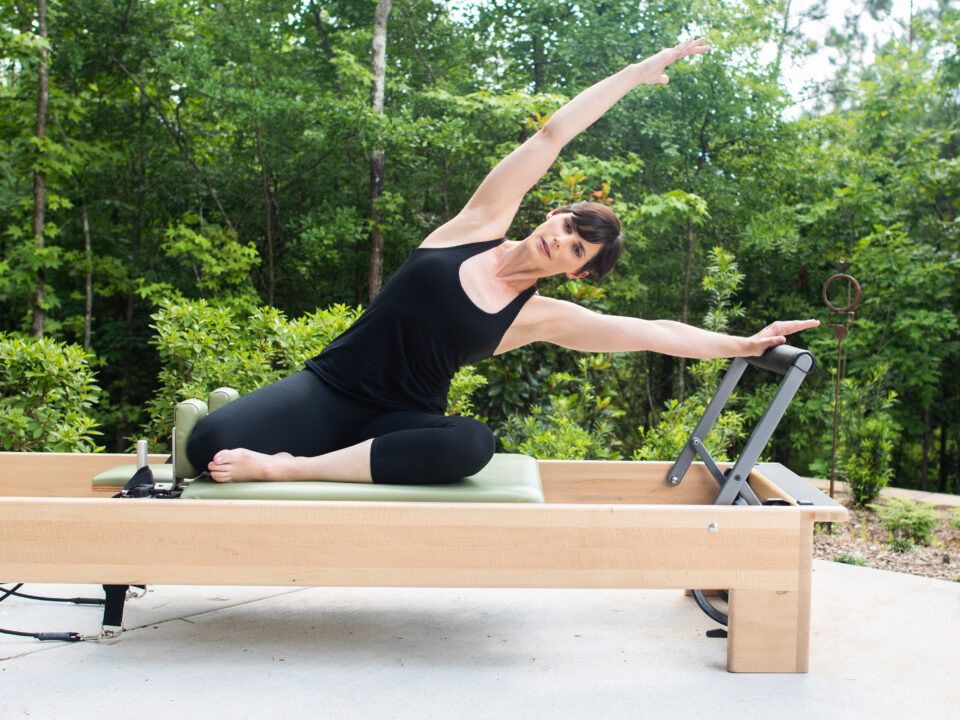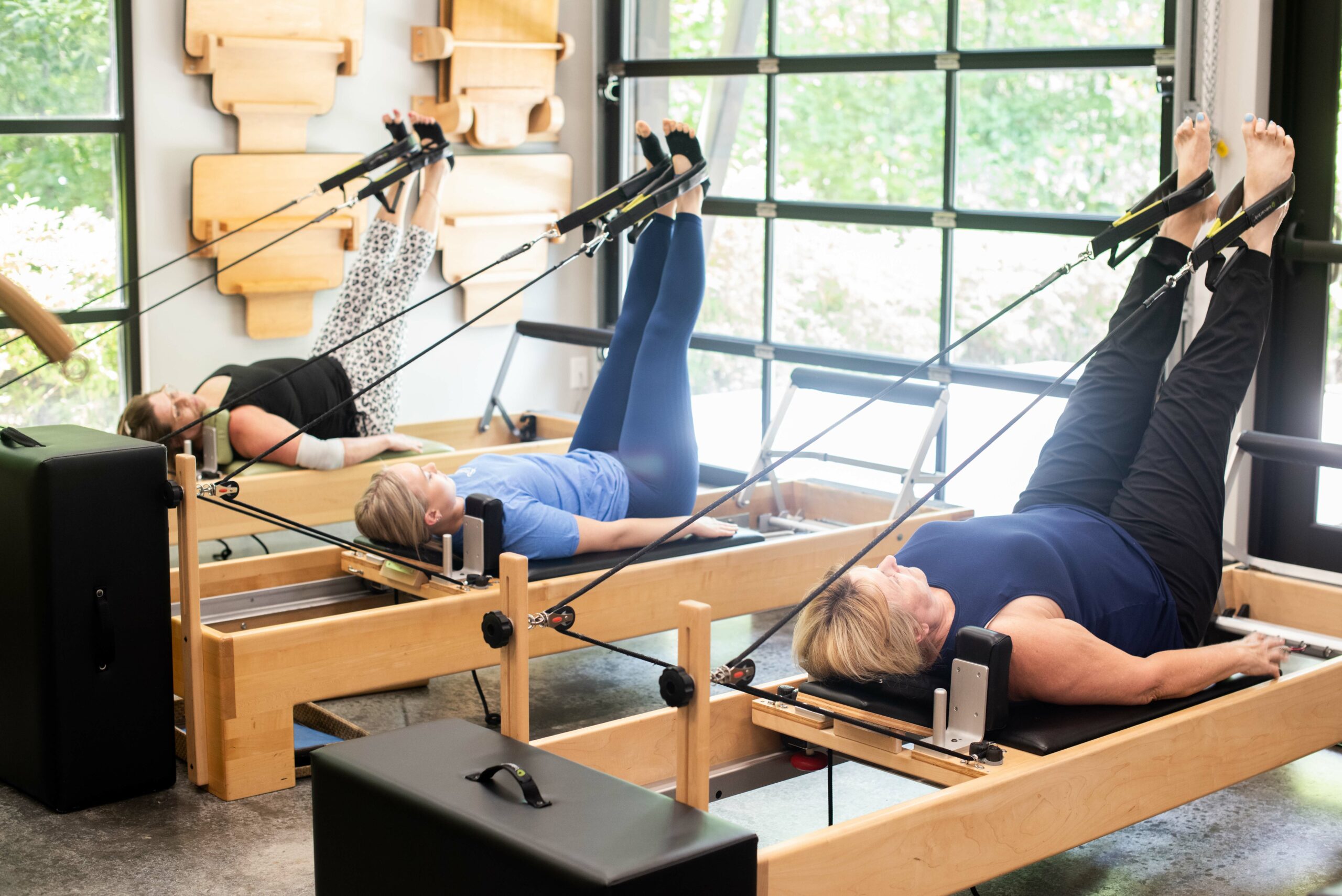- Mon - Fri
7.30 AM – 5.30 PM
Other hours upon request - 770-487-1931
What is the TMJ?
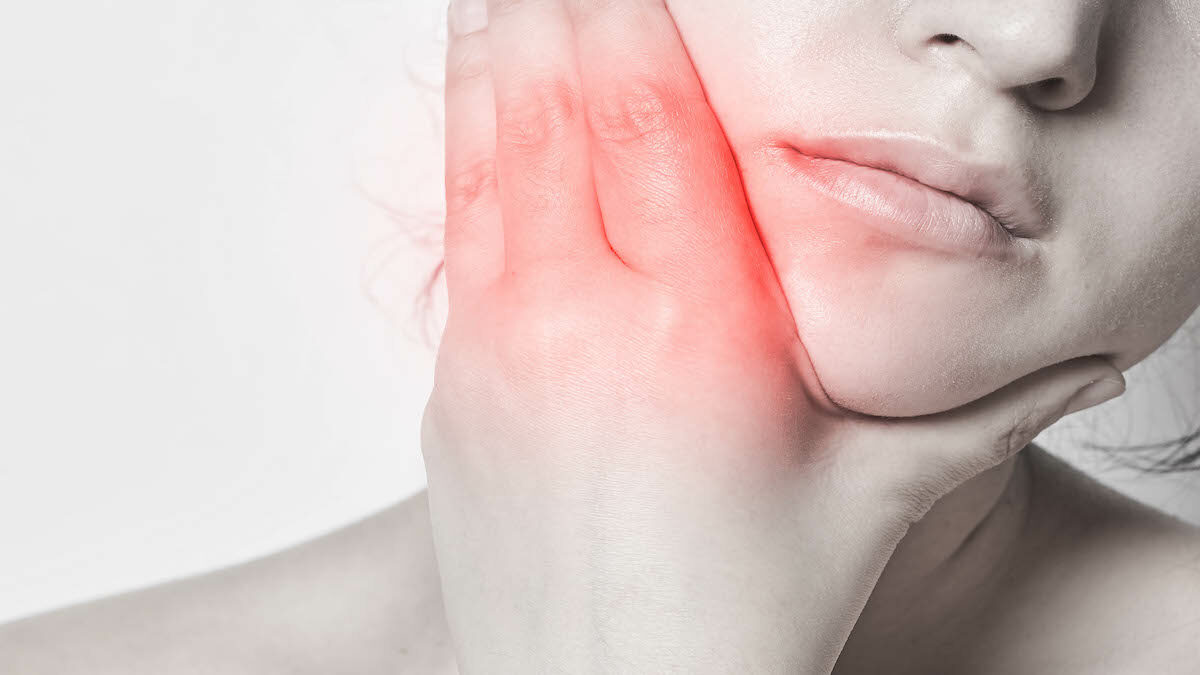
The temporomandibular joint (TMJ) refers to the jaw joint on the side of the face and in front of the ear. There is a TMJ on each side. You may have heard people say, “I have TMJ.” Most likely, they are describing a temporomandibular disorder (TMD), as TMJ refers to the joint itself.
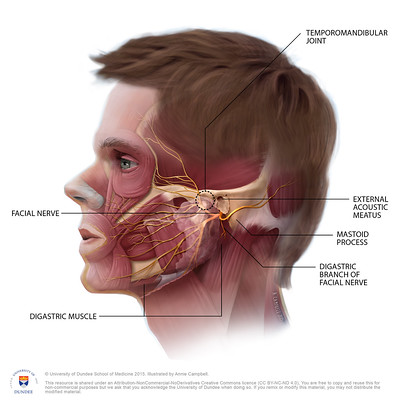
What is TMD?
Temporomandibular Disorders (TMD) are disorders of the TMJ and surrounding musculature causing pain or limited jaw movement. Dysfunction can occur at the muscles, joint, or articular discs.
Common TMD Symptoms
People often seek treatment for TMD due to pain. Symptoms can include pain in the TMJ or jaw muscles. Some people experience pain with opening the mouth wide, such as when yawning or taking a large bite of food. People commonly experience headaches, facial aches, toothaches, or pain in or around the ear. Other symptoms include lock jaw (Trismus), limited (hypomobile) or excessive (hypermobile) jaw range of motion, jaw stiffness, and difficulty opening or closing mouth.
How physical therapy can help:
Physical therapists can educate patients on lifestyle adjustments to decrease pain. Clenching and grinding often causes jaw pain, so maintaining an appropriate jaw rest position can help relax the masticatory muscles. Increasing mindfulness of bad habits such as clenching, teeth grinding, and biting cheeks allows patients to remember to relax the jaw. The proper position is teeth apart and the tongue resting on roof of the mouth. Breathing exercises help decrease the flight or fight response that correlates with TMD. Some individuals can benefit from diet modifications for non-symptom provoking foods.
Postural habits can impact TMD symptoms. Symptoms can reduce by improving alignment of the head, neck, and spine. The location of these structures impacts where the jaw joint sits. Some important positions to be mindful of are workplace set up, sleeping, and cellphone usage.
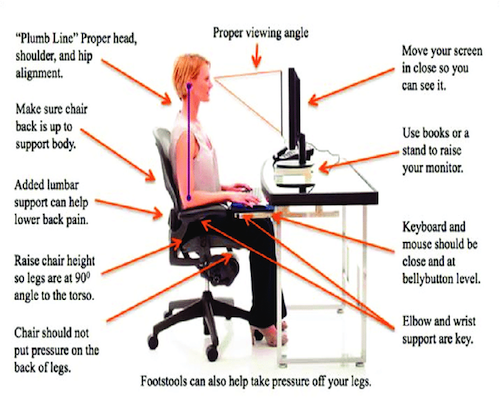
Physical therapists can help manually relax muscles through manual techniques and help the joint move better. Manual therapy to muscles in the neck and jaw can decrease trigger points and improve muscle tissue flexibility. Joint mobilizations to the TMJ help range of motion and improve mobility in stiff joints.
Physical therapists lead patients through exercises to improve the movement mechanics and strength of muscles in the jaw and neck. These exercise retrain the muscles to move more efficiently within an appropriate and pain free range of motion.
Call ProHealth Physical Therapy and Pilates Studio at 770-487-1931 to schedule an appointment.

